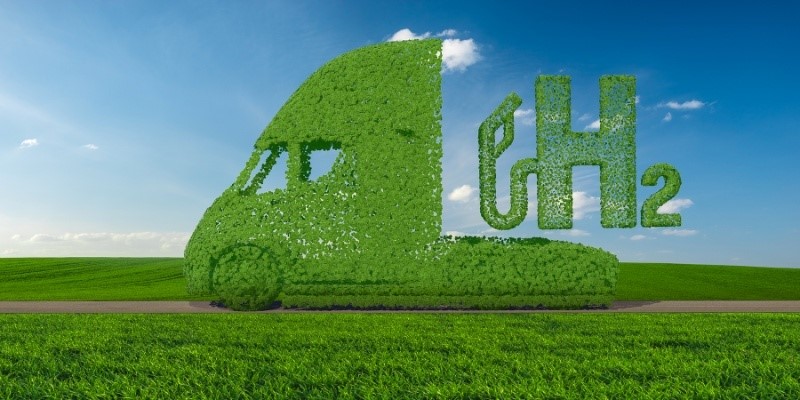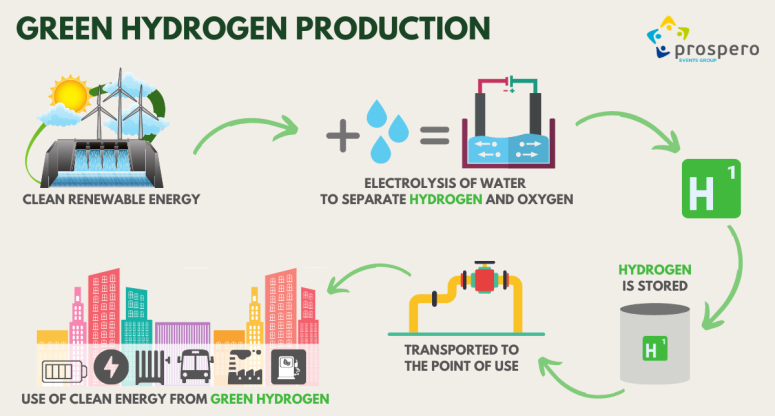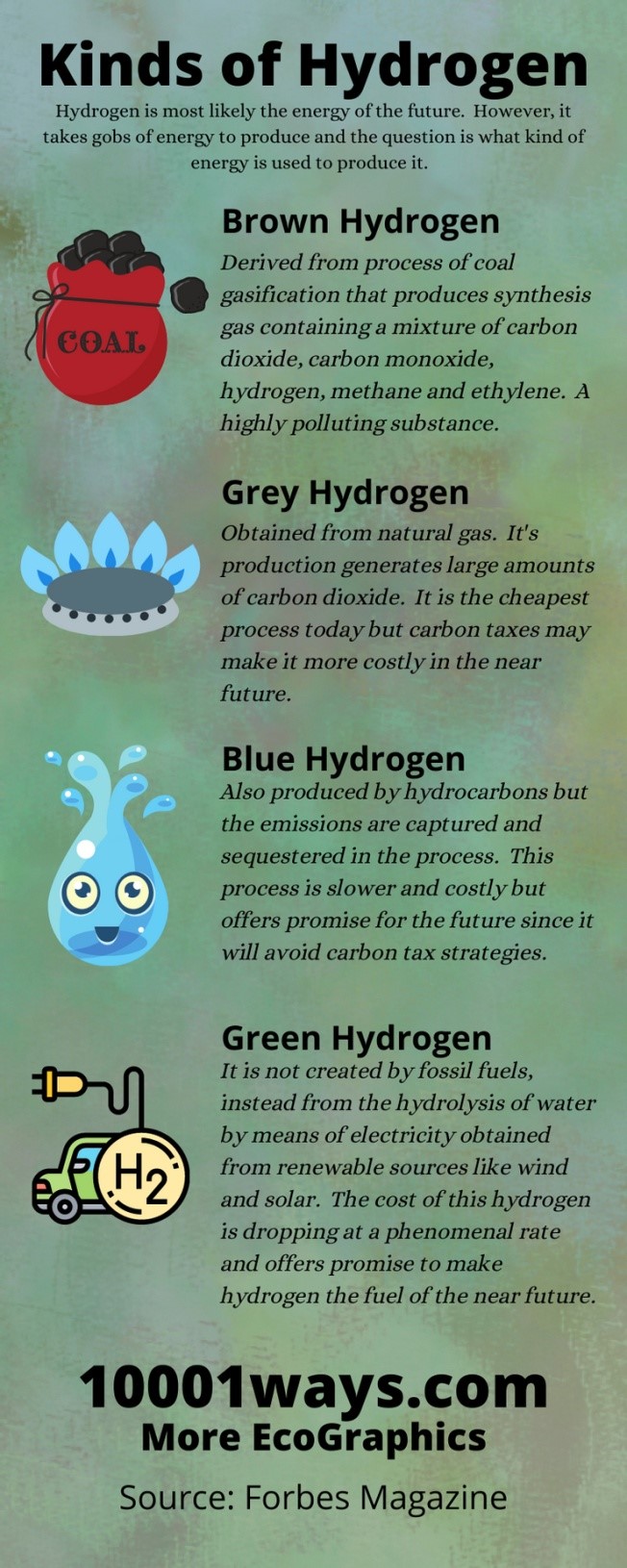Description

Disclaimer: No Copyright infringement intended.
Context
- According to the International Renewable Energy Agency (IRENA), hydrogen will make up 12% of the energy mix by 2050.
About Hydrogen
- There are no natural hydrogen deposits on earth, it has to be extracted from other compounds by a chemical process.
- The vast majority of industrial hydrogen is currently produced from natural gas through a process known as steam methane reforming or SMR.
- Producing hydrogen in this way is sometimes referred to as brown or grey or even blue hydrogen.
Green hydrogen production
- Hydrogen can also be produced by the electrolysis of water (using an electric current to break water, H2O, into its component elements of hydrogen and oxygen).
- If this electric current is produced by a renewable source (g. Solar PV or a wind turbine), the clean hydrogen produced is known as green hydrogen.

Green hydrogen Status
- Less than 1% of hydrogen produced in the world is green hydrogen.
- India consumes about six million tonnes of hydrogen every year. This could increase to 28 million tonnes by 2050.
- India has favorable geographic location and abundance of sunlight and wind for the production of green hydrogen.
- India will become a net exporter of green hydrogen by 2030 due to its cheap renewable energy tariffs, according to the Global Hydrogen Council.
- Green hydrogen currently costs or Rs 371-446, which is nearly triple the cost of grey hydrogen.
- The price will decrease further as production and sales increase.
- Many industries like Steel, Cement, and Glass Manufacturing Industries have already started using Hydrogen for heating requirements.
- The Government is now emphasizing on “Hydrogen 212” - an Aspirational goal for country.
- Hydrogen 212 meaning: As Green hydrogen generation cost of less than 2 $/ kg, Green hydrogen storage + distribution + refueling cost of less than 1 $/ kg and Replacement of incumbent end-use technology with green hydrogen technology with ROI of less than 2 years.
Significance
- Under the Paris Climate Agreement, India pledged to reduce the emission intensity of its economy by 33-35 per cent from 2005 levels by 2030.
- India has set a target of renewable energy at 450 GW.
- Our ability to produce large quantities of green hydrogen will play a major role in providing an alternative to fossil fuels as we transition to low emissions and work towards a clean, healthy environment.
- Through the use of green hydrogen, we can foresee a sustainable future in handling increased demand of clean energy.
|
· The International Renewable Energy Agency (IRENA) is an intergovernmental organisation mandated to facilitate cooperation, advance knowledge, and promote the adoption and sustainable use of renewable energy. It is the first international organisation to focus exclusively on renewable energy, addressing needs in both industrialised and developing countries. It entered into force on 8 July 2010. The agency is headquartered in Masdar City, Abu Dhabi. IRENA is an official United Nations observer.
|

https://pib.gov.in/PressReleasePage.aspx?PRID=1751765












